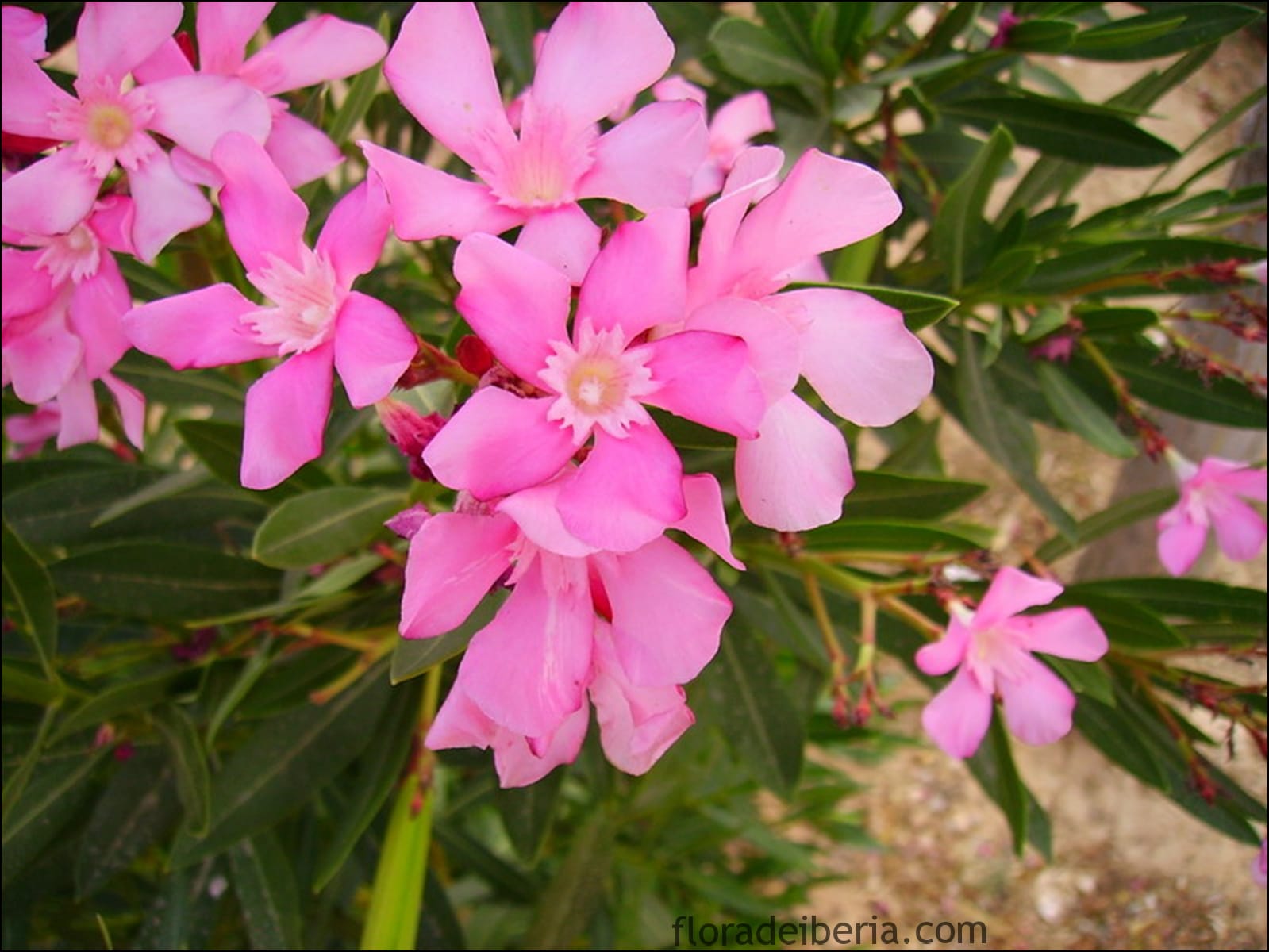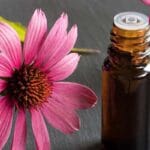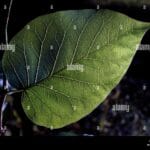Oleander, with its vibrant blossoms, graces gardens worldwide. However, this beauty harbors a secret: potent toxicity. This comprehensive guide explores Nerium oleander—its origins, care, and the crucial safety precautions necessary to appreciate its beauty responsibly. We’ll also delve into its history, medicinal potential, and the fascinating research surrounding this captivating yet dangerous plant.
Unveiling the Oleander: Beauty and Botany
The sole species within the Nerium genus, oleander (Nerium oleander) belongs to the dogbane family (Apocynaceae), which also includes other striking (and toxic) plants like Adenium. This captivating shrub or small tree typically reaches heights of 2–6 meters (7–20 feet), exhibiting erect stems that splay outwards with age. First-year stems possess a glaucous bloom, while mature stems have grayish bark. Dark-green, thick, leathery, and narrow, oleander leaves are arranged in pairs or whorls of three. The plant’s true allure lies in its salver-shaped flowers, approximately 3-4cm across, which cluster terminally in a vibrant array of pinks, whites, and reds.
A Global Citizen: Origins and Habitat
Cultivated across temperate and subtropical zones worldwide, oleander’s precise origin remains elusive. While its native range stretches from Northwest Africa across the Iberian and Italian Peninsulas eastward, it’s often associated with the Mediterranean Basin. The plant’s hardiness suggests it may have adapted to diverse environments over millennia.
The Silent Threat: Understanding Oleander’s Toxicity
Oleander’s captivating beauty masks a serious danger: potent toxicity. The plant contains a cocktail of cardiac glycosides, including oleandrin and oleandrigenin, present in all parts—roots, stems, leaves, flowers, and even the smoke from burning branches. These toxins disrupt heart function, posing significant health risks, and can be fatal if ingested, even in small amounts. Some invertebrates like the polka-dot wasp moth caterpillar (Syntomeida epilais) exhibit resistance to these toxins. Ongoing research continues to explore the complexities of oleander’s toxicity and the variations among different cultivars.
Cultivating Beauty Safely: A Practical Guide
Despite its toxicity, oleander remains a popular ornamental plant. With careful handling and mindful placement, its beauty can be enjoyed safely.
Essential Oleander Care Tips
Sunlight and Soil: Oleander thrives in full sun and well-drained soil. It’s crucial to prevent waterlogging, mimicking its native Mediterranean conditions.
Watering: Water deeply during the growing season (spring and summer), allowing the soil to dry slightly between waterings. Reduce watering significantly in winter as the plant enters dormancy.
Fertilizing: Oleander is not a heavy feeder. A light application of balanced fertilizer during the growing season is usually sufficient.
Pruning: Prune after flowering to maintain desired shape and size. Always wear gloves and dispose of clippings carefully to prevent accidental poisoning.
Propagation: Easily propagated from cuttings taken in mid-to-late summer. Dip cuttings in rooting hormone (optional but helpful) and place them in water or potting mix.
Pests and Diseases: Monitor for common pests like scale, mealybugs, and aphids. These can be managed by insecticidal soap or a strong stream of water.
Oleander in the UK: A Special Approach
Growing oleander in the UK requires specific strategies due to the cooler climate. Container growing allows for easy relocation indoors during winter, providing essential protection from frost. A bright, cool location indoors mimics the plant’s natural dormant period. Ensure well-drained soil and provide ample sunlight. Discover the captivating diversity of bromeliad plant types which also thrive in similar controlled environments.
A Touch of Danger: Skin Irritation
Beyond ingestion, even skin contact with oleander sap can cause irritation, including rashes, itching, and redness, particularly in individuals with sensitive skin. Always wear gloves when handling the plant, and wash your hands thoroughly afterward.
A Legacy of Use: From History to Modern Research
Cultivated for millennia, possibly even the “rhodon” (rose) mentioned in ancient texts, oleander has a long history of use. In some cultures, it was traditionally employed in remedies for ailments like ulcers, ringworm, leprosy, and eczema. Modern research explores its potential medicinal uses, particularly in cancer treatment, though clinical trials have yet to yield positive results while revealing significant adverse effects (American Cancer Society). It’s important to note that traditional uses are not scientifically validated and carry significant risks.
A Spectrum of Beauty: Oleander Varieties
Numerous oleander cultivars exist, each with unique characteristics and toxicity levels. Examples include ‘Petite Pink,’ ‘Hardy Red,’ ‘White Sands,’ and ‘Variegata.’ Remember, all varieties are toxic, regardless of their appearance.
Adelfa by Any Other Name: Oleander’s Nomenclature
The common English name for Adelfa is Oleander, sometimes also referred to as Rose Laurel. The term “Adelfa” has roots in ancient Greek and Arabic, eventually adopted into Spanish. All names refer to Nerium oleander. Explore the celestial wonders of the Big Dipper and Orion’s Belt, much like the diverse names of this single plant.
A Responsible Approach to Oleander
Oleander’s captivating beauty and potential benefits must be balanced with a deep respect for its toxicity. By understanding its characteristics and following essential safety guidelines, you can appreciate this remarkable plant without jeopardizing your well-being. Always handle with care, keep children and pets away, and seek immediate medical attention if ingestion occurs.
- Georgia Platform: A Southern Strategy, 1850s - March 31, 2025
- How many weeks is 40 days: Quick Conversion Guide for Accurate Results - March 31, 2025
- How many feet is 300 meters? 984 Feet: Understand Length Conversions Easily - March 31, 2025
















